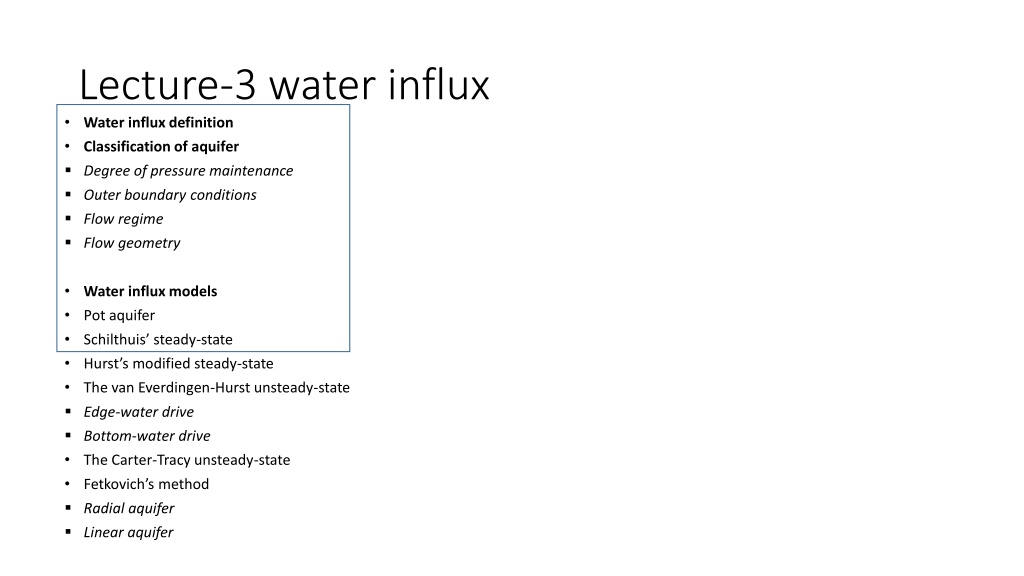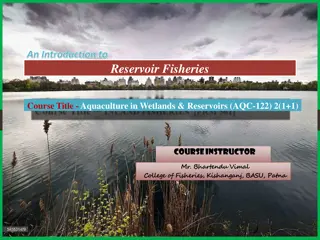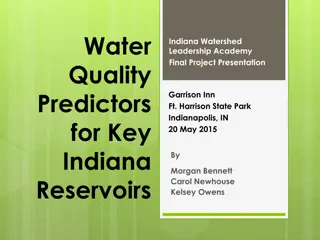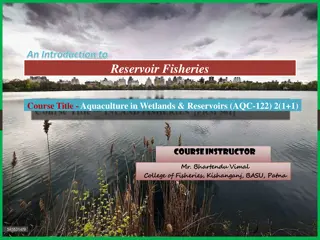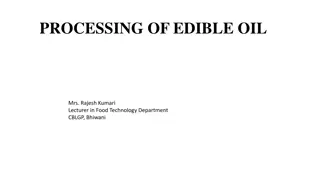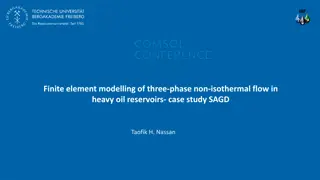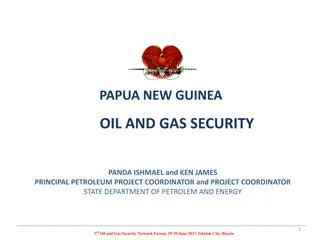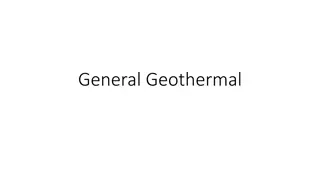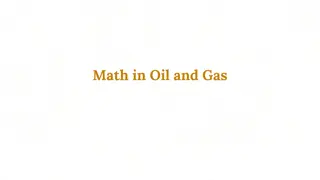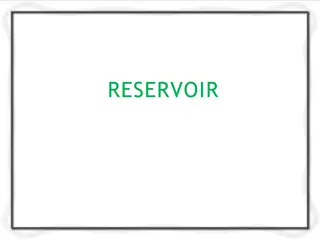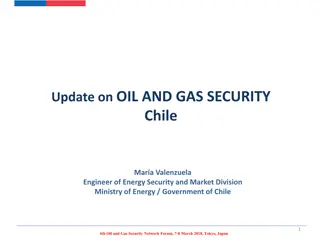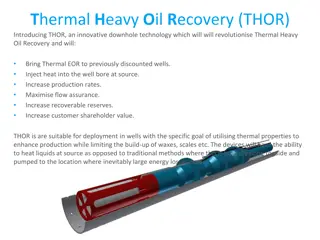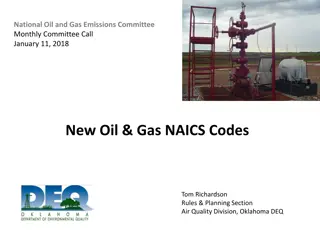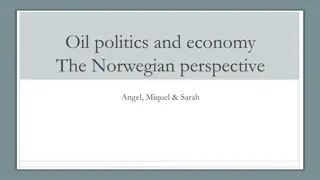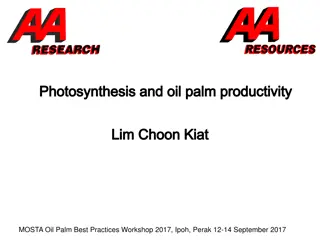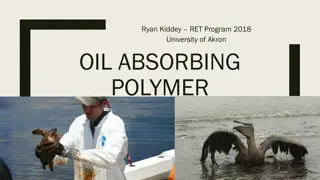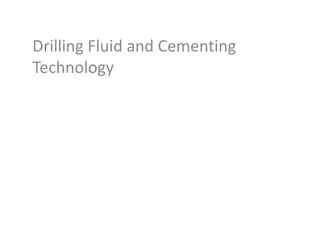Understanding Water Influx in Oil and Gas Reservoirs
Water influx, a critical aspect in oil and gas production, involves the expansion and flow of water from aquifers into reservoirs due to pressure drops caused by fluid production. This phenomenon impacts the degree of pressure maintenance, which can occur through various mechanisms like active water drive. The concept of cumulative production, outer boundary conditions, flow regimes, and geometries also play key roles. Overall, managing water influx is essential for optimizing hydrocarbon production.
Download Presentation

Please find below an Image/Link to download the presentation.
The content on the website is provided AS IS for your information and personal use only. It may not be sold, licensed, or shared on other websites without obtaining consent from the author. Download presentation by click this link. If you encounter any issues during the download, it is possible that the publisher has removed the file from their server.
E N D
Presentation Transcript
Lecture-3 water influx Water influx definition Classification of aquifer Degree of pressure maintenance Outer boundary conditions Flow regime Flow geometry Water influx models Pot aquifer Schilthuis steady-state Hurst s modified steady-state The van Everdingen-Hurst unsteady-state Edge-water drive Bottom-water drive The Carter-Tracy unsteady-state Fetkovich s method Radial aquifer Linear aquifer
Water influx definition Water influx: Expantion and flow of water from the aquifer into the oil/gas reservoir caused by the drop in the rservoir pressure, due to the production of fluids. In other word, the hydrocarbon production from the reservoir and subsequent pressure drop prompt a response from the quifer to offset the pressure decline. Aquifer: Water-bearing rocks surround the hydrocarbon reservoirs.
Degree of pressure maintenance Active water drive Partial water drive Limited water drive Active water drive refers to the water encroachment mechanism in which the rate of water influx equals the reservoir total production rate.
Cumulative production The gas solubility is substracted from the current gas oil ratio because it is accounted for the oil volume factor Bo
Outer boundary conditions Infinite system The effect of the pressure changes at the oil/aquifer boundary can never be felt at the outer boundary Finite system The aquifer outer limit is affected by the influx into the oil zone and that pressure at this limit changes with time
Flow Regimes Steady-state Semisteady (pseudosteady)-state Unsteady-state
Flow Geometries Edge-water drive Water moves into the flanks as a result of pressure drop of the reservoir-aquifer boundary. Radial flow with negligible vertical flow.
Bottom-water drive The reservoir water contact completly underlies the reservoir The flow is essentially radial and in constrast to the edge- water drive Vertical flow
Linear-water drive The influx is from one flank of the reservoir Flow is linear with a constant cross-sectional area.
Water influx models Pot aquifer This model estimate the water influx into a gas/oil reservoir is based on the basic definition of compressibility
Calculating the initial volume of the water in the aquifer. Include the fractional encroachment angle f Since the reservoir is not circular in nature, water does not encroach on all sides of the reservoir.
Solution Calcutation of the initial volume of water (Wi) in the aquifer Calculate the cumulative water influx
Schilthuis Steady-State Model Darcy s equation (steady-state flow regime), the rate of water influx Q: Do you remember where this equation comes from?? Derive it C: is the water influx constant (bbl/day/psi) ?? ?(?? ?) C= Note that B.C.Craft calls it
See you next time HAVE A NICE TIME
